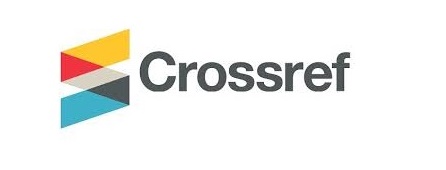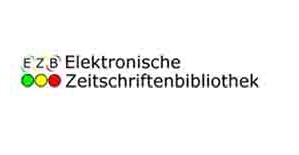Analysis of Corporate Saving and its Contribution to Capital Formation: A Case Study of Pakistan
DOI:
https://doi.org/10.52223/econimpact.2024.71002Keywords:
Corporate saving, Capital formation, Trend model, Cointegration, ARDLAbstract
This study evaluates how much corporate saving contributes to capital formation in Pakistan as well as how they behave and how dependent they are on one another. In order to determine long-run cointegration, the model specification has been refined and applied to the Johansen cointegration and ADRL econometric models after the time series data period 1981–2021 used in the study was examined for time series properties. A basic linear trend regression was fitted to determine whether the capital creation and corporate saving rates showed any statistically significant rising or decreasing trends for the whole 1981–2021 period. The trend regression of capital formation rates is statistically significant at five percent and has a negative coefficient value of -0.10. The business savings rates show an increasing trend coefficient value of 0.04. The study also shows a moderately negative relationship between corporate sector saving rates and capital formation rates, with a simple correlation coefficient value of -0.51. Finally, the findings of the Johansen and ARDL approaches demonstrate that there has never been a long-term cointegration between corporate saving rates and capital formation rates.
Downloads
Downloads
Published
How to Cite
Issue
Section
License
Copyright (c) 2025 Zafar Iqbal, Azhar Abbas, Raza Ullah, Almazea Fatima

This work is licensed under a Creative Commons Attribution 4.0 International License.
















